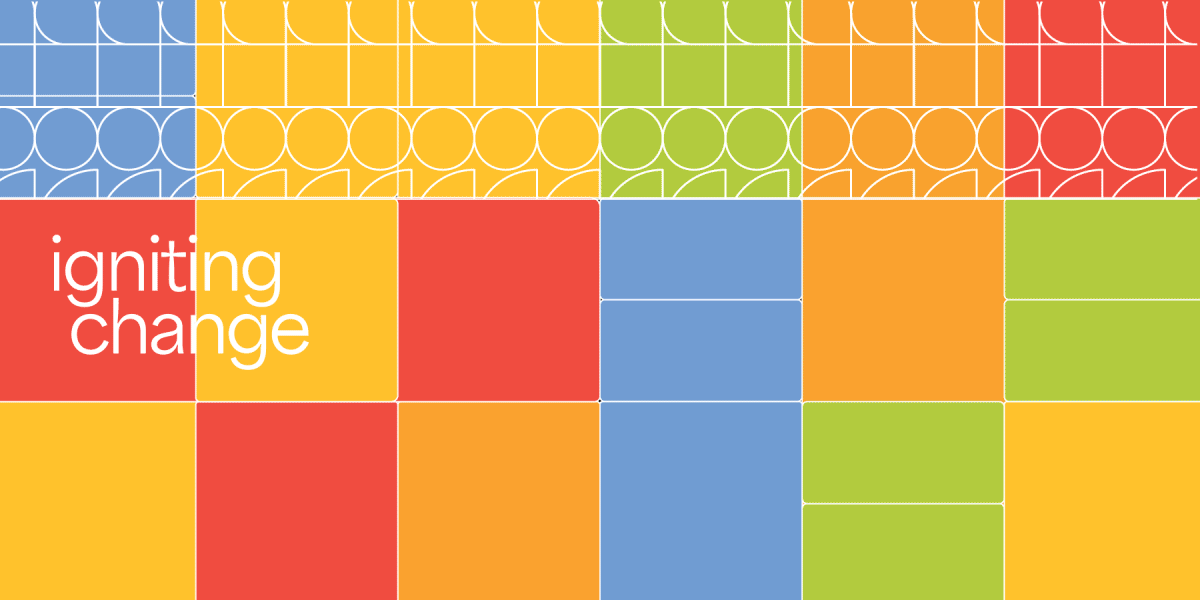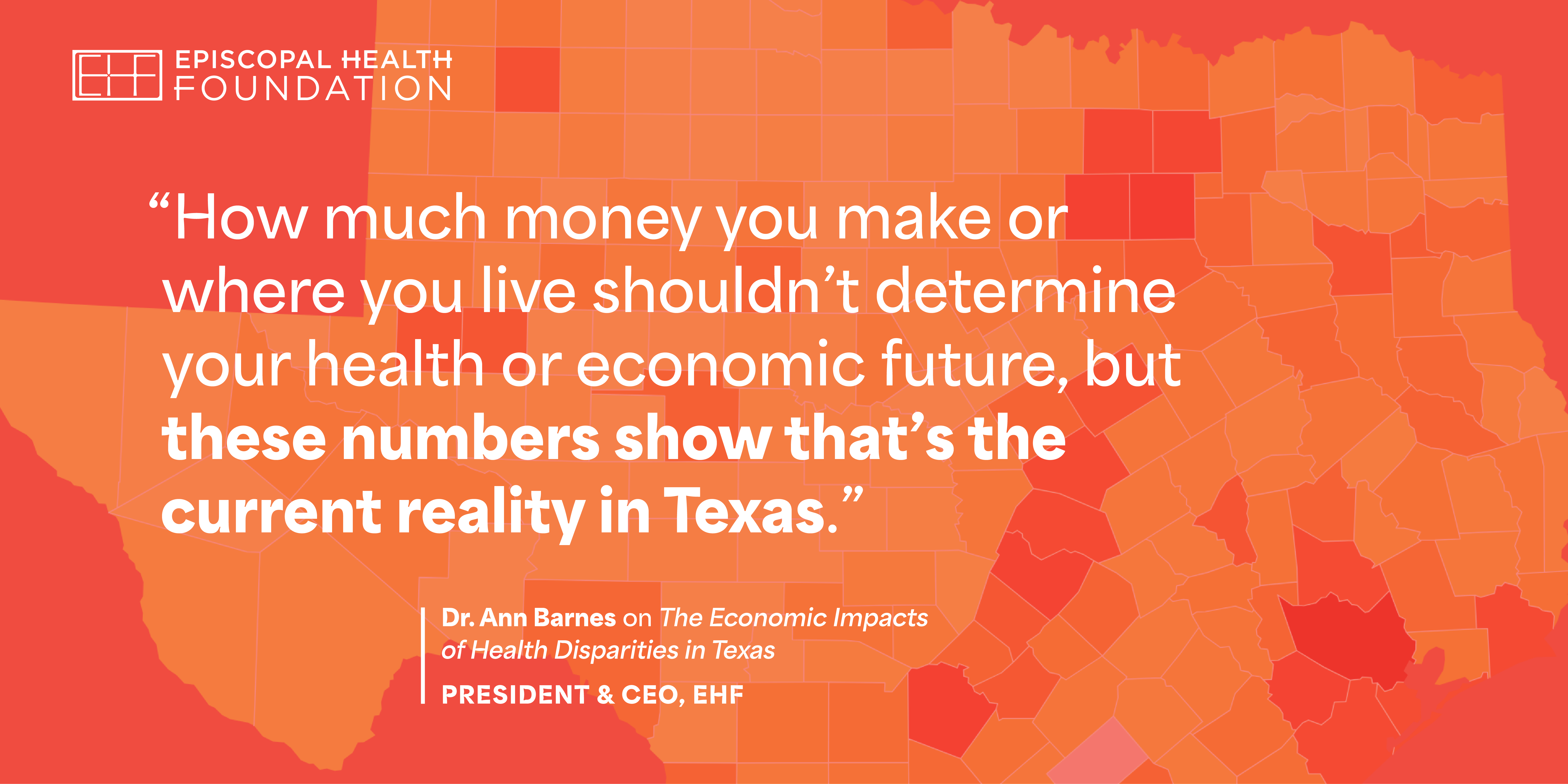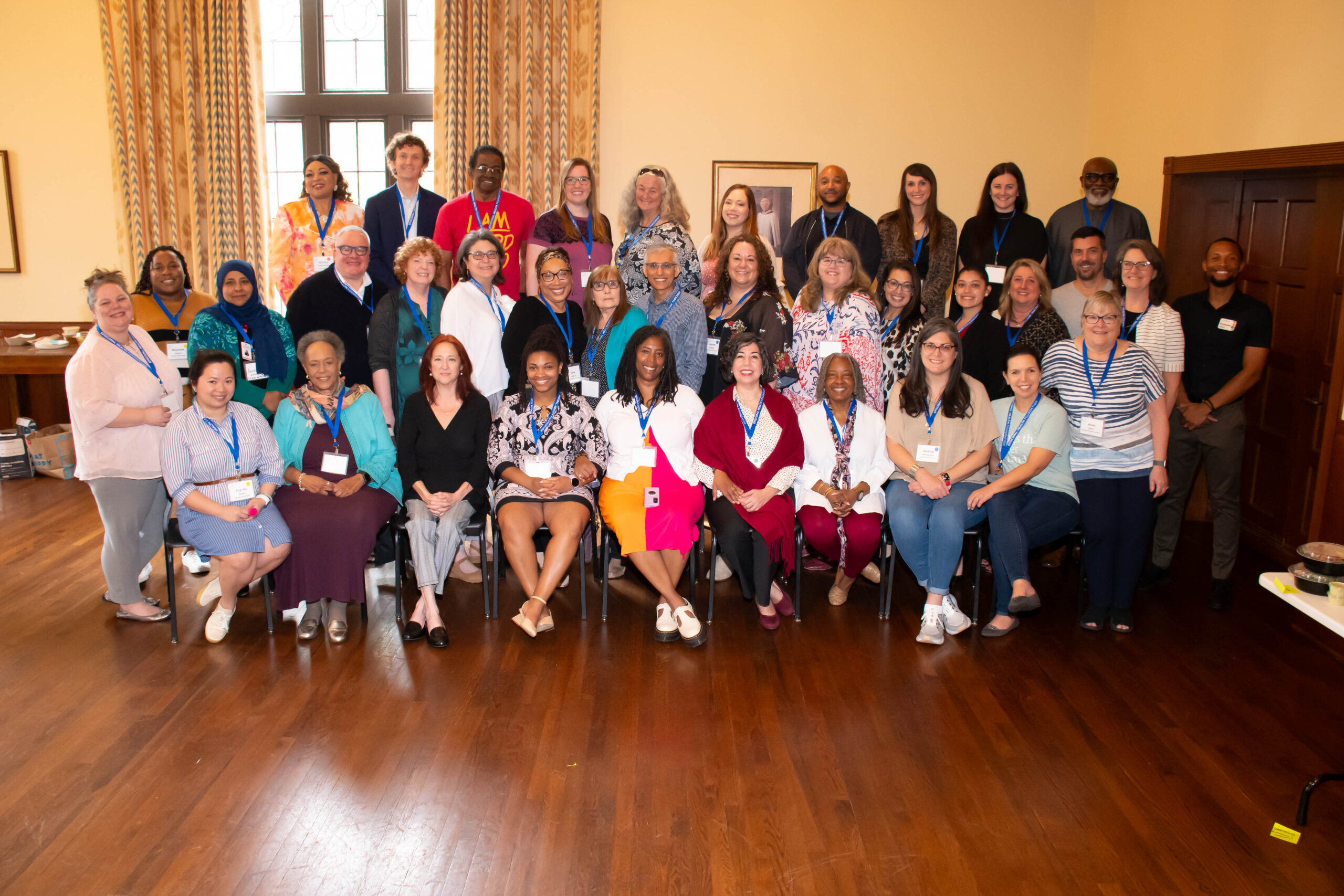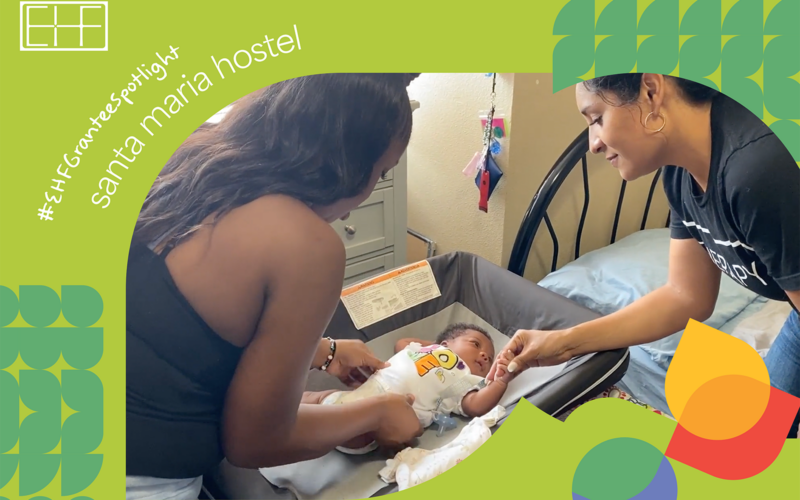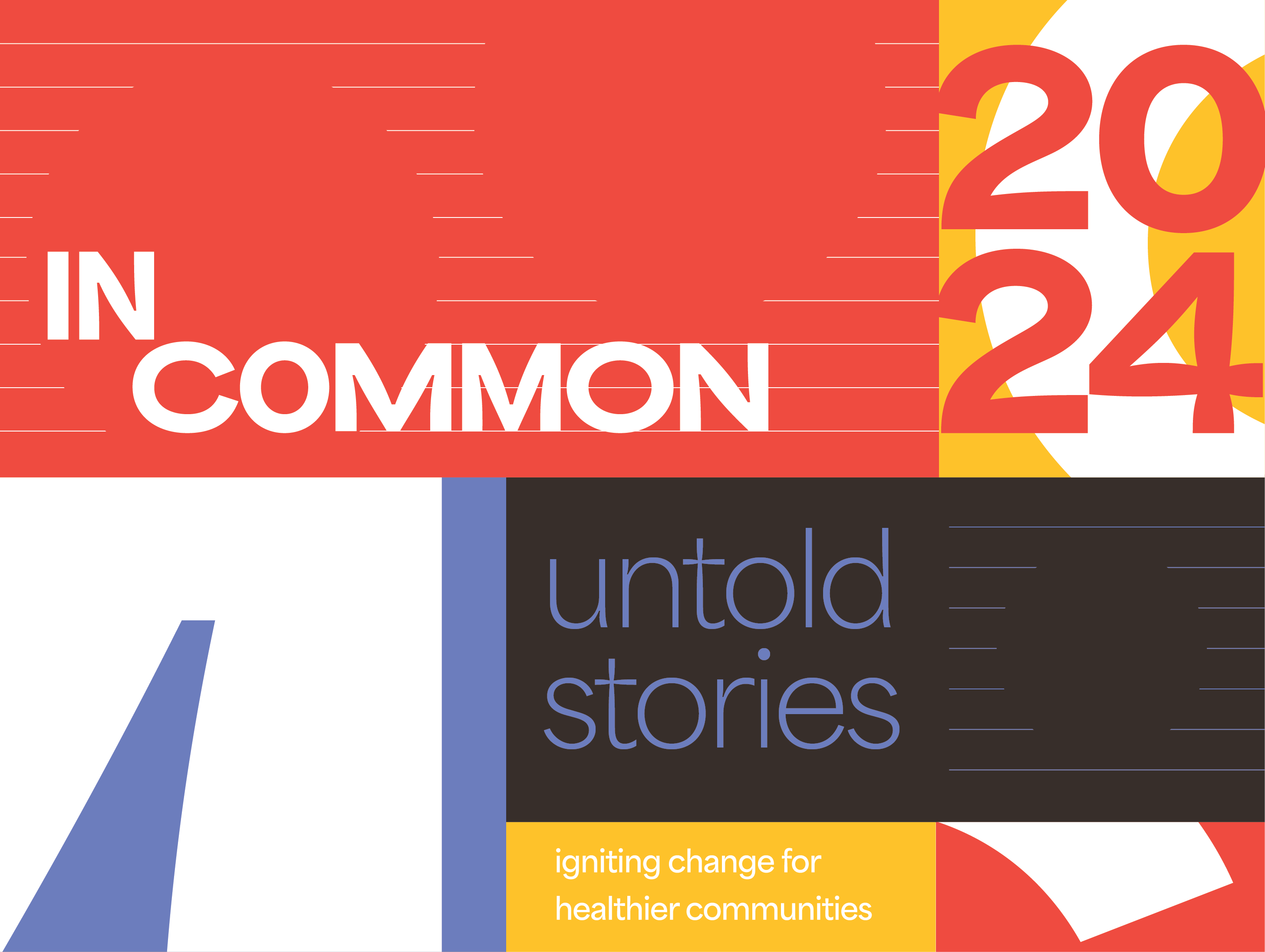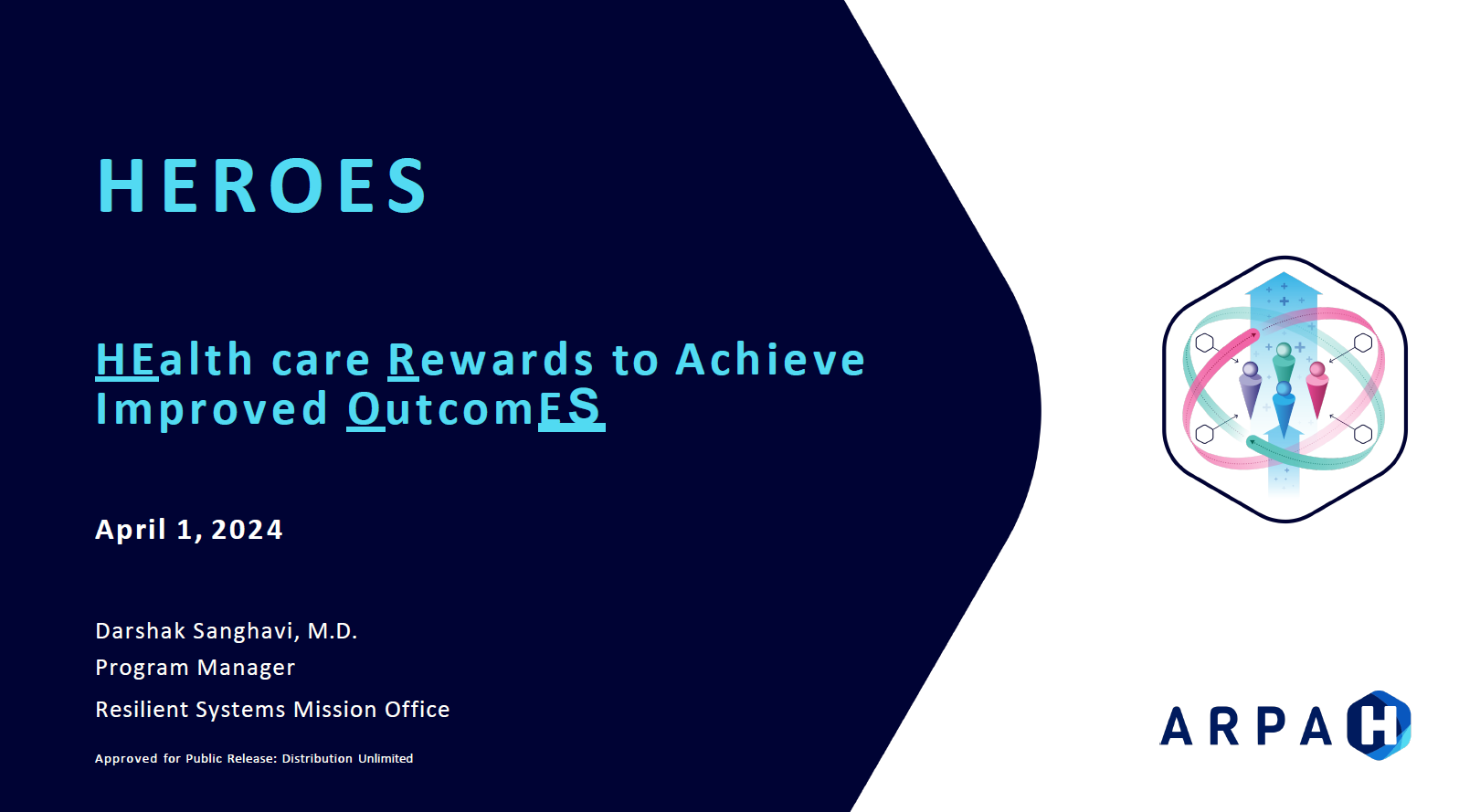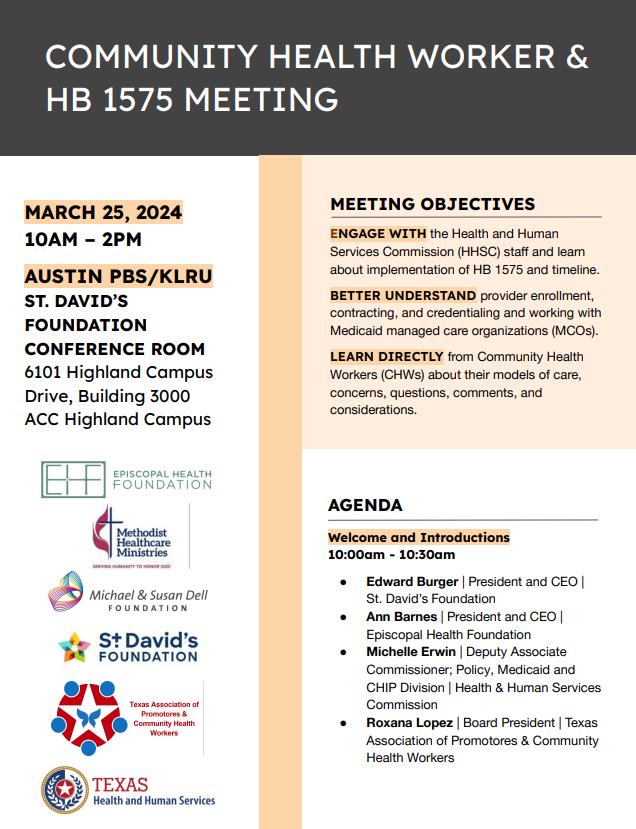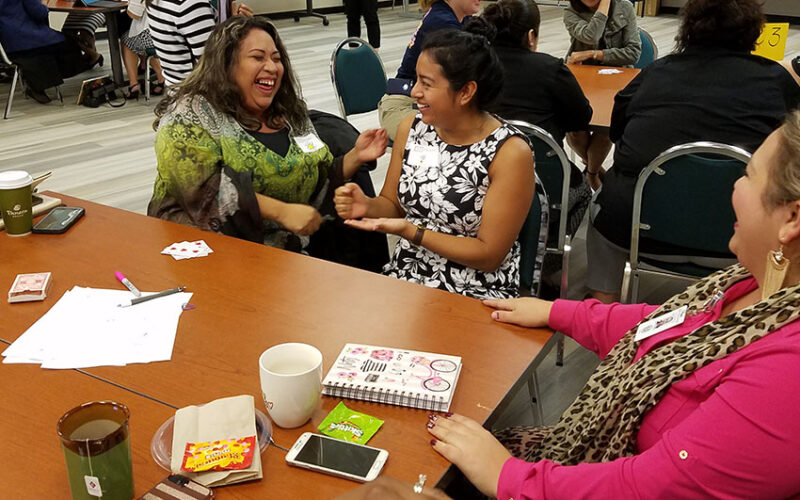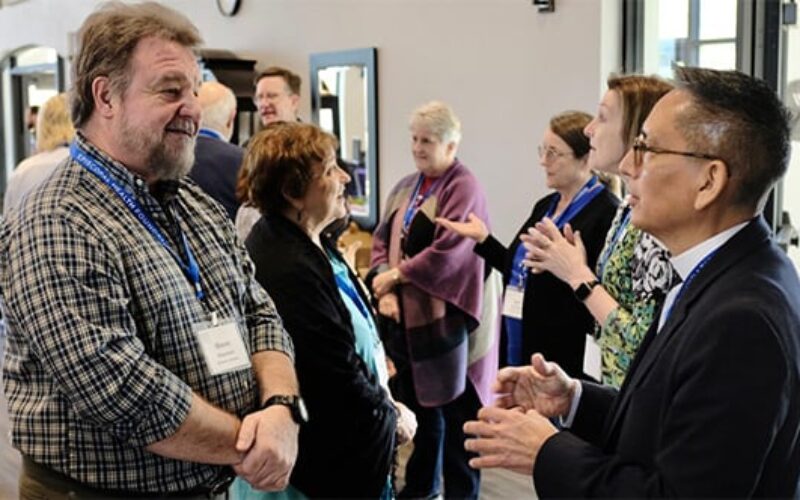Barnes explains why EHF believes that prioritizing food/nutrition security, maternal health, and diabetes prevention can start a ripple effect of good health in Texas.
Preventable differences in health outcomes - which are closely linked to income, zip code, and race – are driving up health care costs and reducing work productivity across Texas, and the state’s economy is suffering more than $7 billion in annual losses because of it.
